Switch To 24-Hour Clock Time ASAP—Because With Travel, Sometimes Time Really Is Money
Planning to travel internationally? Switch to 24-hour clock time now!
There I was, nice and early for my 3pm bus from Bratislava, Slovakia to Vienna, Austria. It was 2pm and I wasn’t seeing on any of the monitors my bus’ details, so I found someone to ask. That’s when I was told that my bus had left, on time, about 12 hours earlier at 3am—or 03:00 as it showed on my ticket. Not 3pm, or what would have been 15:00 had I purchased for the time I thought I was. That’s the moment I decided to switch my brain…by switching my digital clocks…to 24-hour clock format vs. 12-hour clock format.
Did I mention this was a trip when I was 41 years old and I was only seeing my 4th country outside the US? Yeah, international travel was still extremely new and scary…and fraught with potentially costly mistakes!
Join the email list to stay in the loop on new releases!
This site participates in the Amazon Services LLC Associates Program and other affiliate programs and may earn from qualifying purchases. You’re never charged more, but it helps out little by little! Check out “Privacy” in the top menu if you need to know more!
Lucky for me, there were busses traveling literally every hour back and forth between those two destinations that day. My rookie travel mistake only cost me another $10 ticket and a sliver of pride. But things could have been much more expensive and time-sensitive had it been for a high-speed, cross-country train or the like.
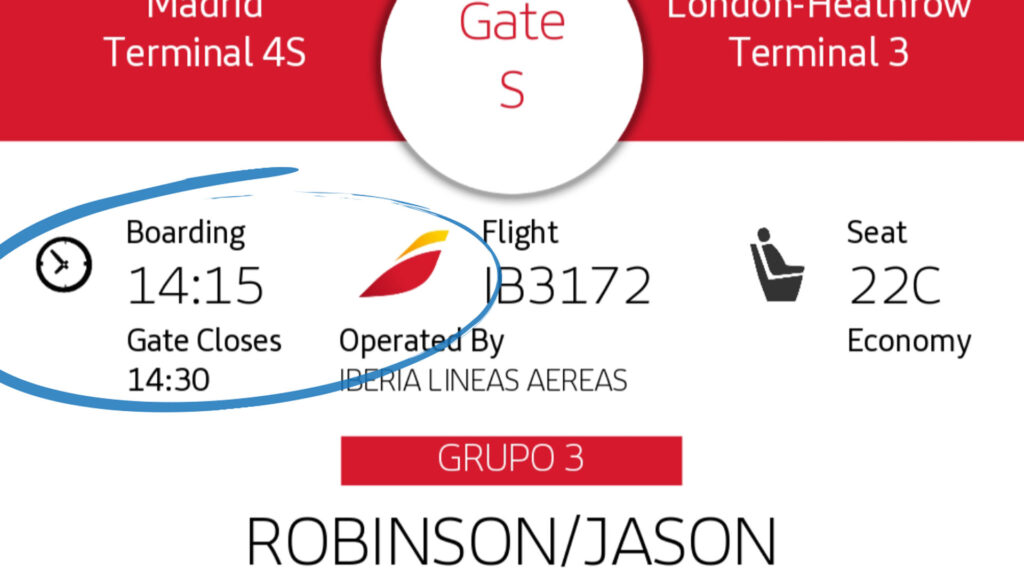
That’s one of the biggest reasons I’m going to encourage you to make the change to using 24-hour clock time ASAP—like right now! Time really can mean big money if you make a mistake that starts a domino effect of other costly missed connections. If you plan to travel internationally, especially solo, there will be plenty of other pitfalls to avoid.
Especially if you’re not a seasoned international traveler, this is just one more tiny thing that can give you anxiety and leave room for errors. The sooner you switch from using 12-hour clock time to 24-hour clock time, the sooner it will become second nature.
And yes, the 24-hour clock is sometimes referred to as military time, especially in the US. But because it’s just kind of the “normal” way you talk time in most countries, there’s really no reason to give it a name like “military time” when you’re talking time around the world!
READ NEXT: The Learn To Travel Series: A Brief Apology To Fear
UPDATED: 18 Safe Traveling Tips For Noobs—Keeping Safe & Reducing Travel Anxiety
Tough Love, Tips & Strategies To Help You Finally Kick-Start Your Travel Life…Or Go Full Nomad!
Been wondering how the hell all those digital nomads, location-independent travelers, and remote workers, travel “full-time?” Maybe you’ve thought about living that life one day, but you’re really not sure where to start.
Beyond giving you the stepping stones to dive into short-term domestic and international travel, this book will show you how long-term travelers extend those tools, maximize their budgets, and turn weeks into months…or even years…of traveling the world indefinitely.
Is learning to use a 24-hour clock vs a 12-hour clock difficult?
Oddly enough, there’s not really a big change to your daily habits with a change to using 24-hour clock time. Back before I switched from a 12-hour clock to a 24-hour clock I thought it was going to be really complicated and break my brain. In reality, learning to use a 24-hour clock has only made me feel more confident as it has become almost second nature to look at a 24-hour clock time and know what the numbers mean.
Rest assured that people still talk the language you’ve always known. 5am, 7pm, 11pm…they all still translate in speech and text messages. Very few people really use 19:00 (for 7pm), or 23:00 (for 11pm), etc., other than when discussing time tables or when in extremely specific professions—like doctors or those in the military. In professions like those, making sure there is absolutely no mistaking the time is paramount.
And phrases like “in the morning,” or “at night” will always still be used to help clarify.
Otherwise, the everyday uses of time in conversation are really going to look and act almost exactly the same as you’ve known your whole life! For all of these reasons, I see very little downside to the change!
The quick trick: How to convert “PM” times in a 24-hour clock: Subtract 12
First things first, with any time beyond noon (12pm), the written hours simply keep going up by 1 number until the day/clock resets at midnight. As you learn to use 24-hour clock time, this simple tip will help you with understanding the afternoon and evening hours.
Simply subtract 12 from any time “greater” than 12:00 to get the verbal “pm” equivalent.
For example, if the 24-hour clock says 20:00, subtract 12 from 20, which leaves you with 8…so 20:00 is 8pm! If the 24-hour clock says 16:30, subtract 12 from 16, which leaves 4…then add the :30 and you have 4:30pm!
Yes, whole number times (on the hour) are easier, but 24-hour clock times with minutes included become second nature very quickly once you use the rule of simply subtracting 12 from any time greater than 12:00.
24-Hour clock time conversion tables
Keep in mind that morning hours (before noon) with a “0” (zero) in front are read like: “O-100” for 1am or “O-300” for 3am, typically said like the letter O, as opposed to literally saying “zero.” Then afternoon hours are said with hundreds, like “fourteen hundred” for 14:00/2pm, or “twenty-one hundred” for 21:00/9pm. And yes, it would literally be “twenty-hundred” for 20:00/8pm, although I’ve never heard anyone actually say that in practice!
| 01:00 | 1 AM |
| 02:00 | 2 AM |
| 03:00 | 3 AM |
| 04:00 | 4 AM |
| 05:00 | 5 AM |
| 06:00 | 6 AM |
| 07:00 | 7 AM |
| 08:00 | 8 AM |
| 09:00 | 9 AM |
| 10:00 | 10 AM |
| 11:00 | 11 AM |
| 12:00 | 12 PM |
| 13:00 | 1 PM |
| 14:00 | 2 PM |
| 15:00 | 3 PM |
| 16:00 | 4 PM |
| 17:00 | 5 PM |
| 18:00 | 6 PM |
| 19:00 | 7 PM |
| 20:00 | 8 PM |
| 21:00 | 9 PM |
| 22:00 | 10 PM |
| 23:00 | 11 PM |
| 00:00 | 12 AM |
READ NEXT: Travel Medical Insurance, Pre-Existing Conditions, & Type 1 Diabetes
Analysis Paralysis? Rigid Plans Are Overrated—BackUp Plans For The Win!
What countries use the 24-hour clock?
Coming from the US, and having not traveled internationally until later in life, I was under the assumption that using 12-hour clock time was the norm. Well, I’m sure you know what they say about assumptions. Now that I’m a little more versed in international travel, and having done the research, I’ve realized that my assumptions couldn’t have been much further from the truth.
In reality, there are only about 18 countries around the world that use 12-hour clock time vs. 24-hour clock time.
And in case you’re as bad at geography or as new to world travel as I am…there are 196 countries in the world, depending on who’s classifying them. That means that barely 10% of the countries in the world use a 12-hour clock.
The only 18 countries…in the world…that use a 12-hour clock vs a 24-hour clock
- Australia
- Bangladesh
- Canada
- Colombia
- Egypt
- El Salvador
- Honduras
- India
- Ireland
- Jordan
- Malaysia
- Mexico
- New Zealand
- Nicaragua
- Pakistan
- Philippines
- Saudi Arabia
- United States of America
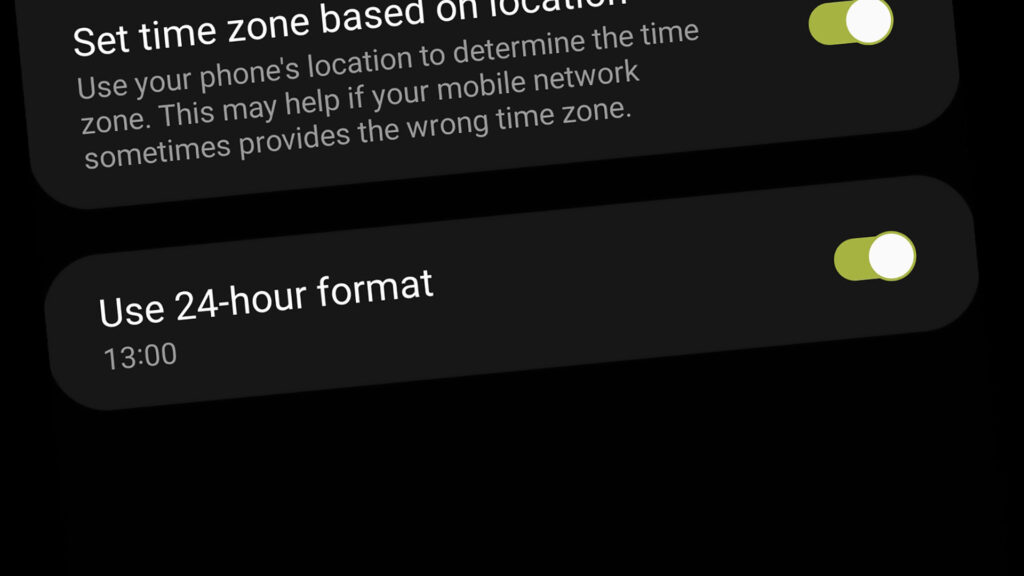
How to switch from a 12-hour clock to a 24-hour clock
If you’re using a smartphone, like over 80% of US adults, you’ll likely just need to go to the settings of your clock app and switch to 24-hour clock time. It may be as easy as just searching in your settings for “clock” to find this. Otherwise, just do a quick google search for your model of phone, maybe your operating system, and the phrase “switch to 24-hour clock” and you should quickly find it.
OK. Safe travels!
— Jason
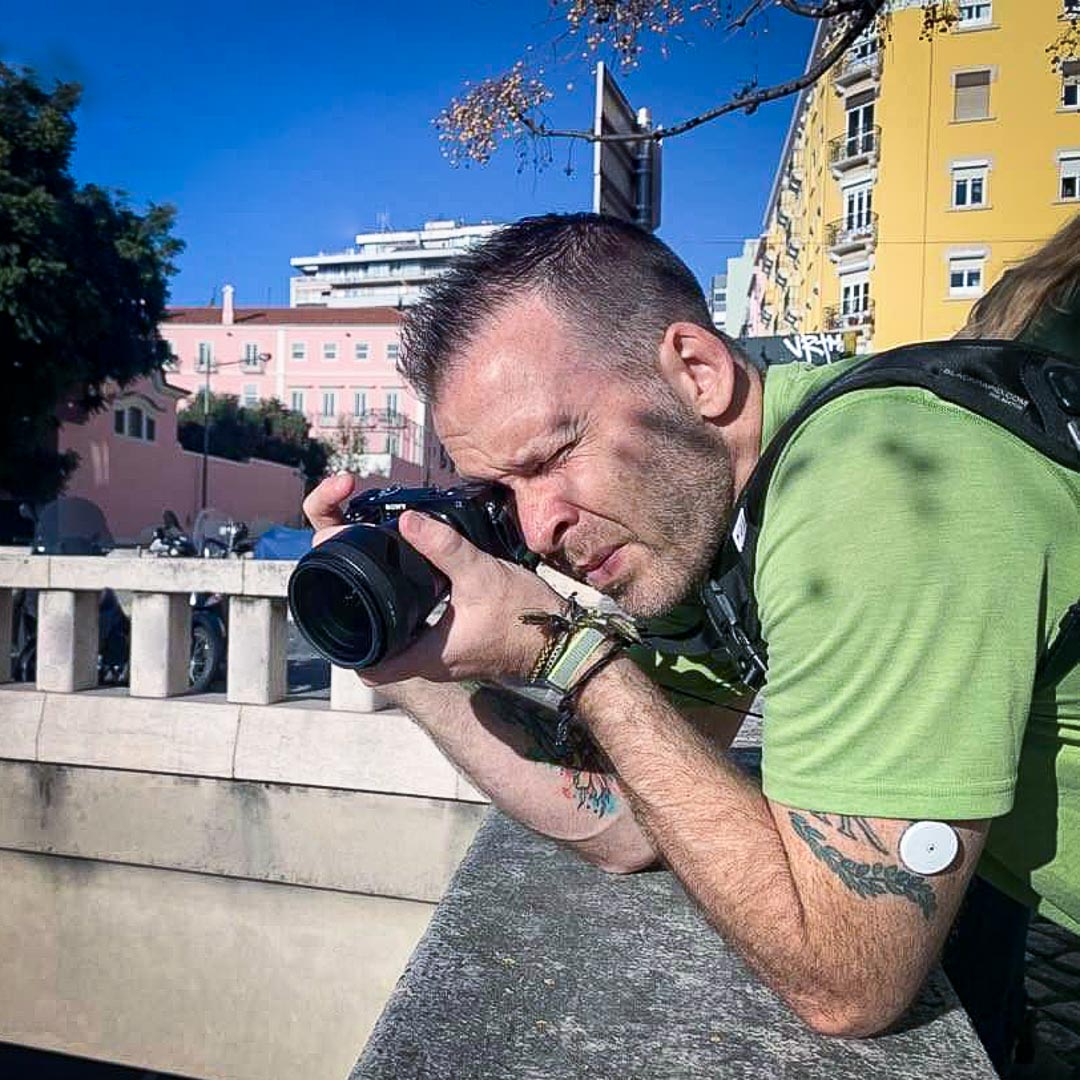

About Jason Robinson
Jason is the author of “The Beginner Traveler’s Guide To Going Nomad,” as well as the voice behind the words and the eye behind the lens for The Nomad Experiment. “Planning to travel at some point” wasn’t actually getting the job done, so nearing 40 he decided to make it a priority, nomatter how scary that was. A few years later—through the pandemic and a type 1 diabetes diagnosis at age 42—now living a life of nomadic travel, he’s speaking out to encourage others of any age, or with any serious medical diagnosis, to live an unconventional life.
Travel Planning Tips
Figure out where you are going & how are you getting there…
I suggest using at least 2 to 3 different travel search sites. Start with Skyscanner or Orbitz or Booking …or whatever aggregator site you prefer. Then when you see what airlines to use, check their respective sites for better deals or rewards flights.
Figure out where you’re going to stay…
If you’re interested in hostels, search Hostelworld or Hostelling International. For longer-term or more private digs, look at Airbnb, VRBO, or you can look for hotel rooms in the links from the search engines listed above.
Get comprehensive travel insurance, or in the least, travel medical insurance if internationally…
Especially with Covid not going anywhere, get covered. Start with an insurance aggregator like Insure My Trip, or with SafetyWing, World Nomads, or another. Then decide what is important to you; trip cancellation, baggage coverage, medical, or all of the above. And get a yearly evacuation plan, since you’ll have to get home after your emergency!
Need more resources? Click here!


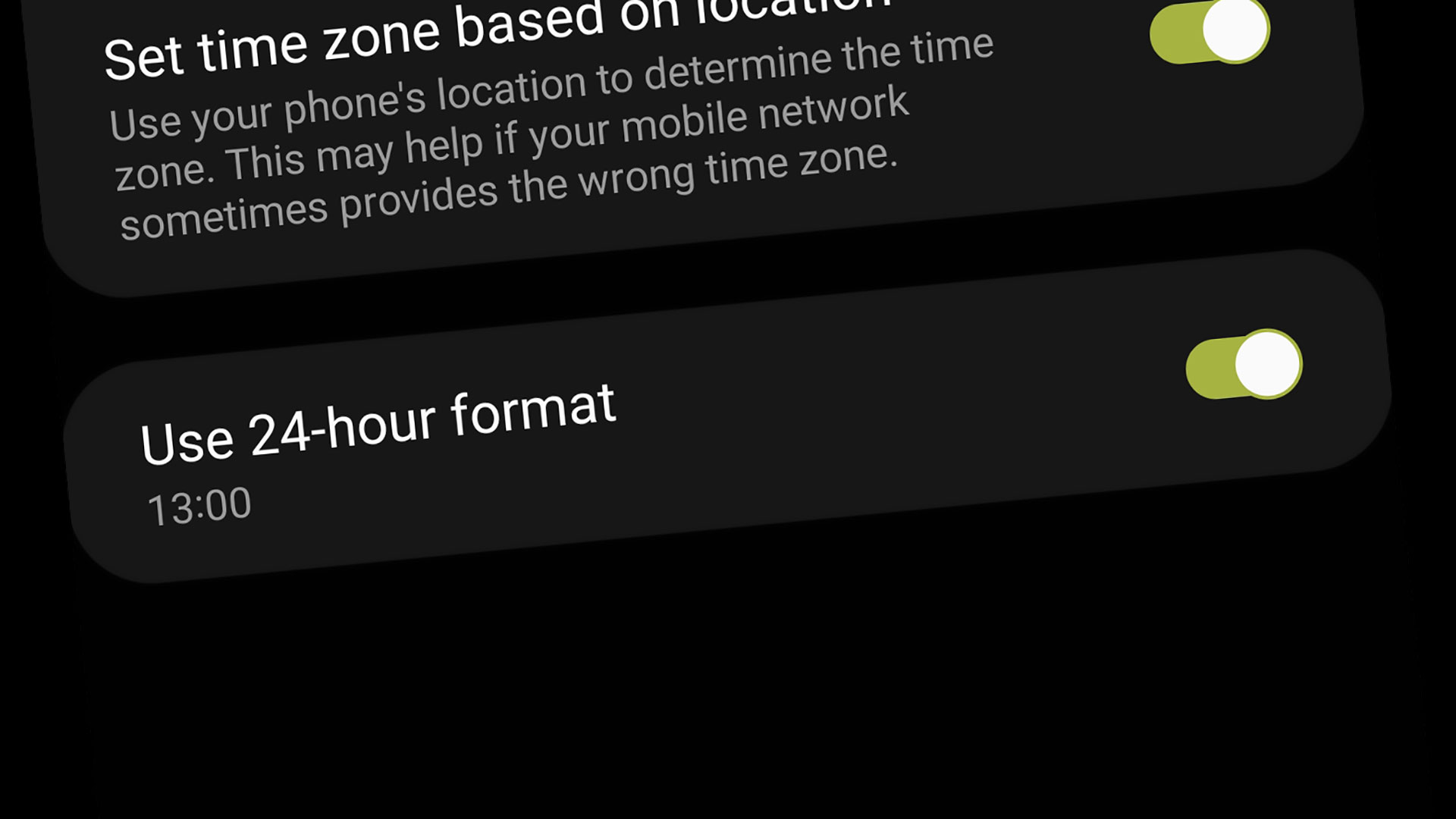
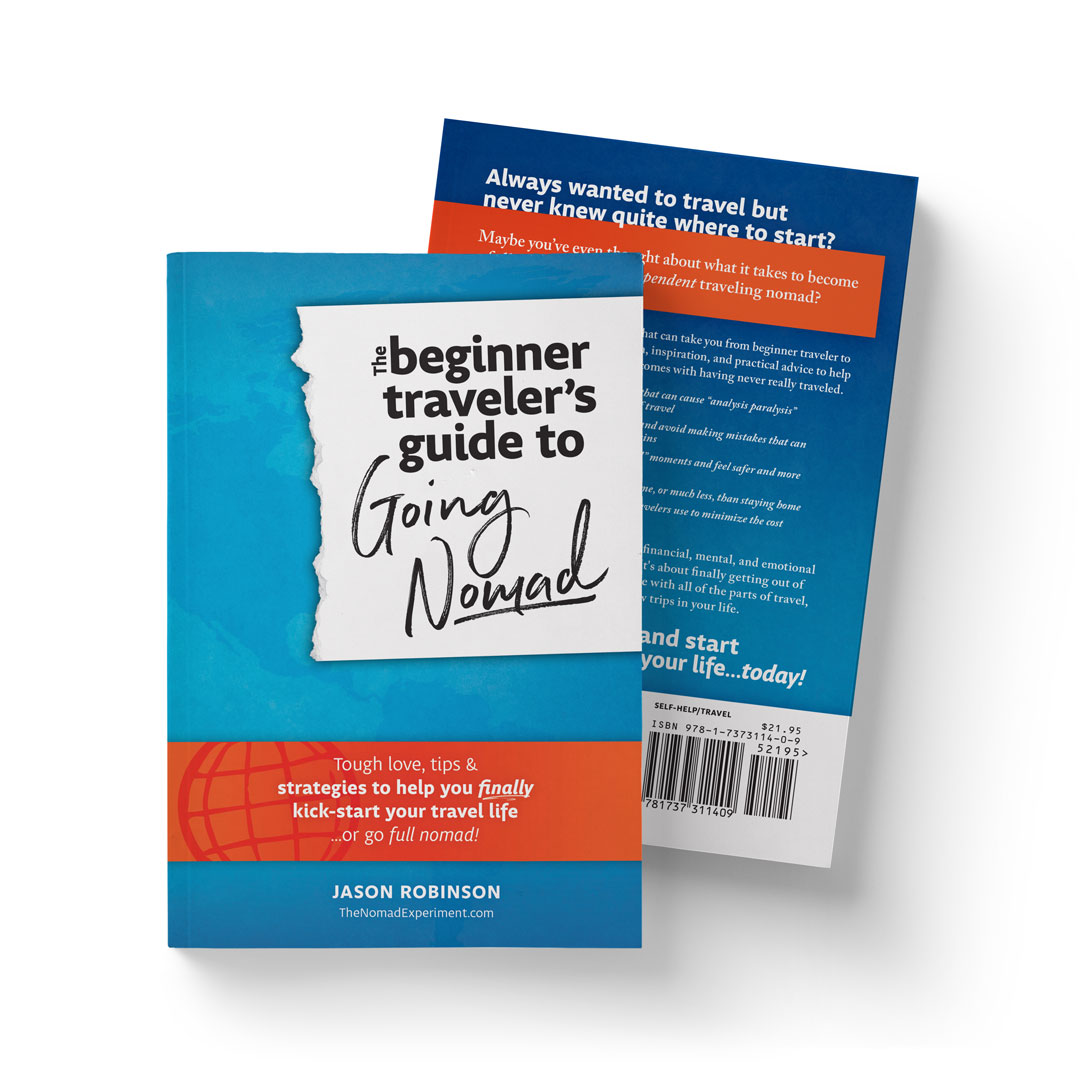



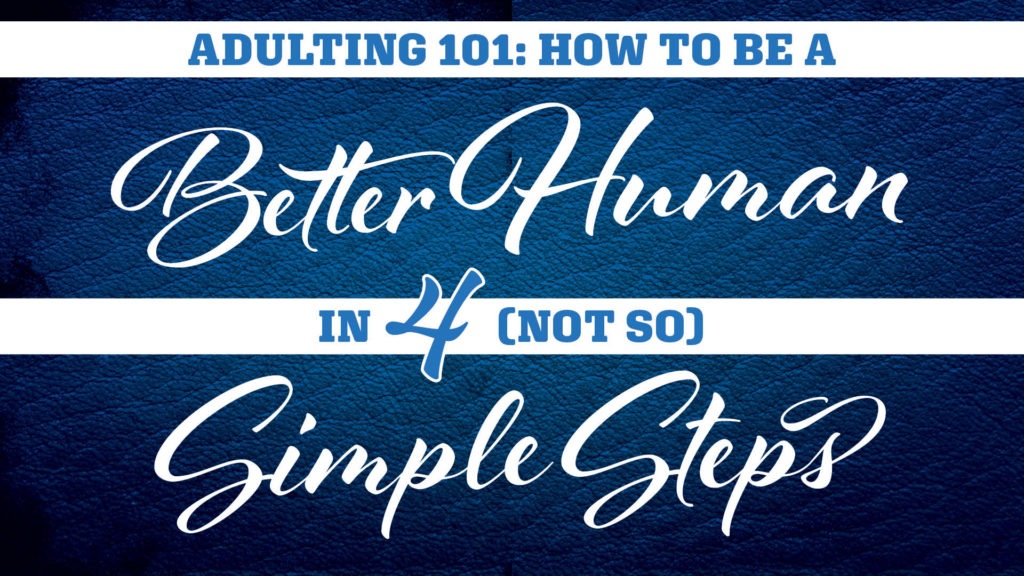


This post really hit home for me! Switching to 24-hour clock time has made it so much easier to plan my travels efficiently. I can’t believe I didn’t make the switch sooner. Thanks for the tip!
Great point about the 24-hour clock! It really simplifies travel plans and helps avoid those AM/PM mix-ups. Totally agree that time is money when you’re on the go!